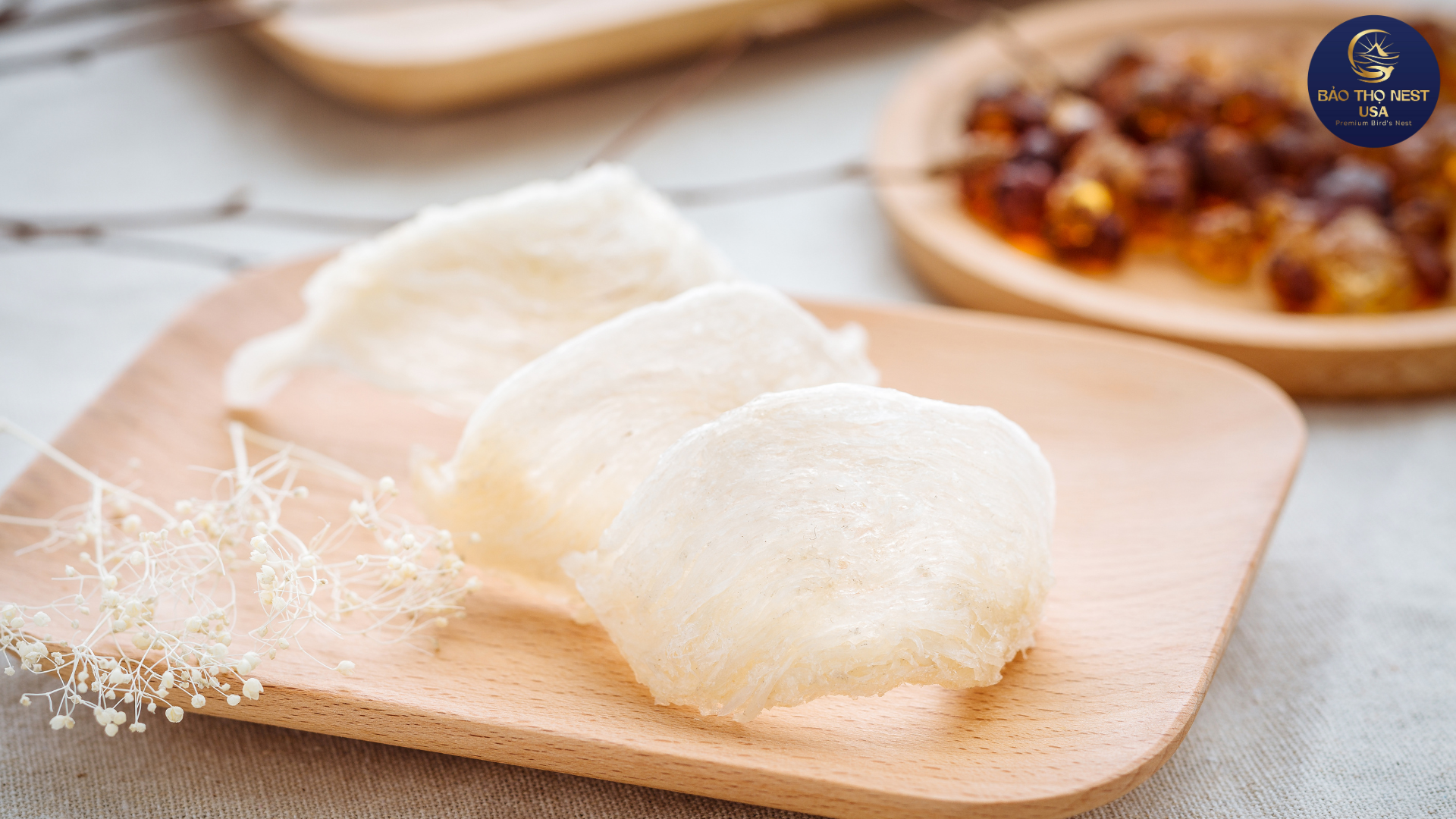If you’re looking for essential nutrients to keep your body healthy, adding bird’s nest to your diet is a great choice. It is rich in outstanding nutritional composition that can significantly boost your well-being.
1. Overview of Bird’s Nest
Bird’s nest, a unique delicacy crafted from the saliva of swiftlets, has long been prized for its exceptional nutritional value. Once considered a luxury item, it has now become more accessible to families seeking to boost their nutrition and enhance their health.

2. Nutritional Composition of Bird’s Nest
The standout feature of bird’s nest is its high protein content, which comprises approximately 50-60% of its composition. Beyond protein, it boasts an impressive array of nutrients, including:
- 16 essential amino acids, such as amide, humin, arginine, cystine, histidine, lysine, and more
- 31 trace elements
- 07 types of carbohydrates essential for health
- Minerals like calcium, iron, potassium, phosphorus, and magnesium.

With these rich nutrients, bird’s nest is often considered a superfood that can support good health and help prevent various illnesses.
3. How to Use Bird’s Nest Effectively
To maximize the benefits of bird’s nest, it’s important to pay attention to its preparation and consumption. Improper handling can lead to unwanted side effects, such as allergies or digestive issues.
The optimal times to consume bird’s nest are in the morning after waking up, about an hour before bedtime in the evening, and between main meals. By following these guidelines, it can help the digestive system work well and absorb nutrients effectively.

Additionally, it can also be a great energy boost after strenuous physical activities. However, moderation is key. Overconsumption can lead to excess nutrients being expelled from the body. Therefore, it’s advisable to adhere to recommended amounts to fully enjoy its benefits.




